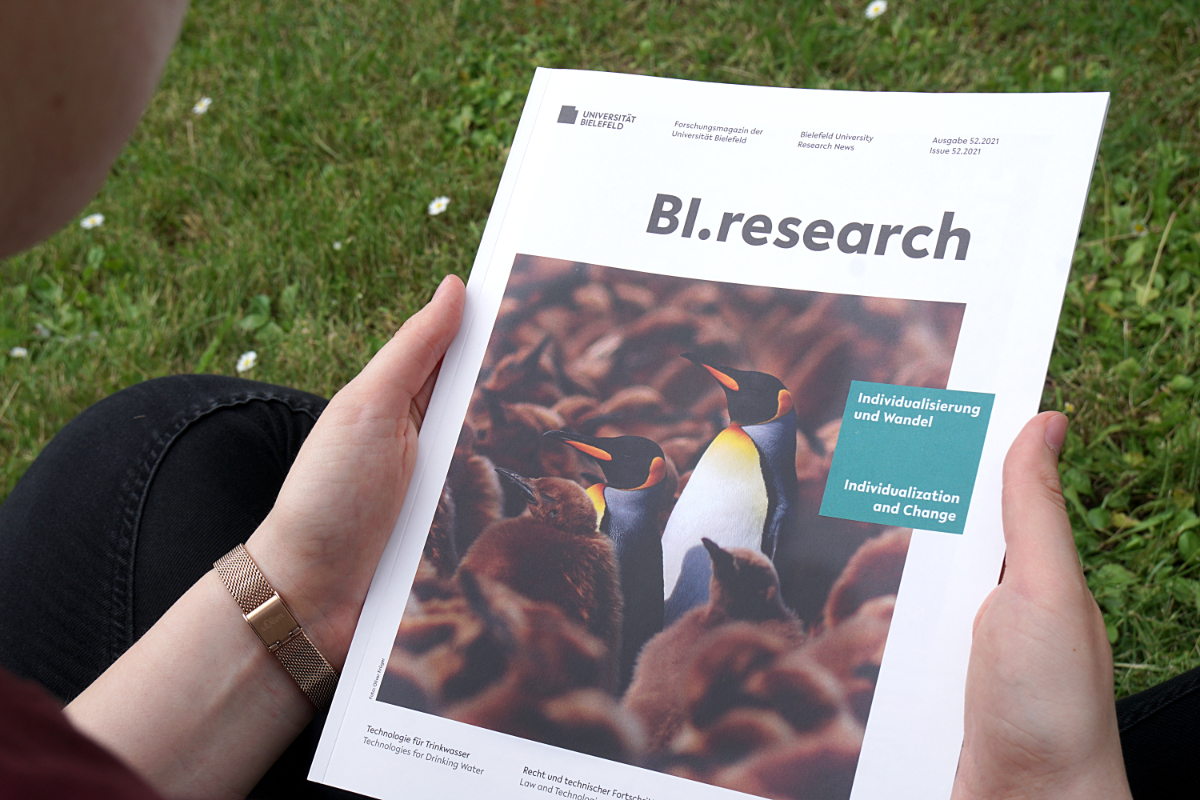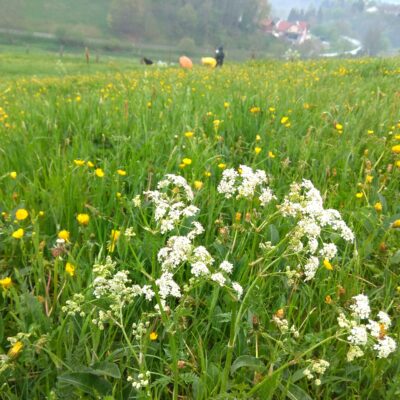Right-wing groups are becoming increasingly successful at importing group-related and hostile attitudes into the centre of society in order to legitimize violence. This is shifting the social discourse. According to sociologist Manuela Freiheit from Bielefeld University’s Institute for Interdisciplinary Research on Conflict and Violence (IKG), this trend has intensified in Germany over the past two decades. With her IKG colleagues Professor Dr Wilhelm Heitmeyer and Dr Peter Sitzer, she has published the book ‘Rechte Bedrohungsallianzen’ [Right-wing alliances of menace].
You note that right-wing positions are increasingly being adopted in society. What is your main concern in the book?
It is not enough to look at terrible acts like the murder of Walter Lübcke or the attacks in Hanau and Halle in isolation. We have to place them in the overall context. We did this by developing a model in the form of a concentric escalation process. It explains how right-wing alliances of menace lead to destructive right-wing terrorist acts.
What does this model look like?
It is structured like an onion with five layers. The outermost layer contains people in the population who hold group-related and prejudiced attitudes. Such attitudes express themselves in, for example, racism, anti-Semitism, or homophobia. Terrorist cells or individual perpetrators form the innermost layer. Readiness to use violence and radicalism increase from the outer to the innermost fifth layer. Neighbouring layers are connected to each other through patterns of legitimization that are used to justify, for example, violence. In this way, the actors in the outermost layer also influence the actors in the other layers. This can be seen clearly in the example of the AfD: it uses group-related and hostile attitudes in the population to legitimize its authoritarian national radicalism. In practice, it uses slogans such as ‘Umvolkung’ [the Nazi Great Replacement] or ‘Untergang des deutschen Volkes’ [downfall of the German people] to justify the violence of right-wing extremist groups. The patterns of group-focused enmity in parts of the population, which have been identified by the IKG in long-term studies, play an important role in this.
You have been researching the rightwing spectrum for a long time. What has changed over the years?
What is new is the professionalization and intellectualization – right-wingers are now taking a systematic approach to spreading their views. Politically, the AfD is now also providing a forum for these attitudes to spread beyond right-wing extremist parties. We also find right-wing attitudes in the state security institutions: the police, the Bundeswehr, and the Federal Office for the Protection of the Constitution. Currently, this is being joined by the Querdenkerbewegung [movement of Covid sceptics] against the coronavirus measures that is also normalizing right-wing conspiracy narratives. These tendencies towards right-wing alliances of menace are a threat to our open society and liberal democracy.
Read more: Wilhelm Heitmeyer, Manuela Freiheit, and Peter Sitzer: ‘Rechte Bedrohungsallianzen – Signaturen der Bedrohung II’. Suhrkamp, October 2020, 325 pages (ISBN: 978-3-518-12748-3)
This article is from „BI.research“, Bielefeld University’s research magazine. The latest issue is available here.






